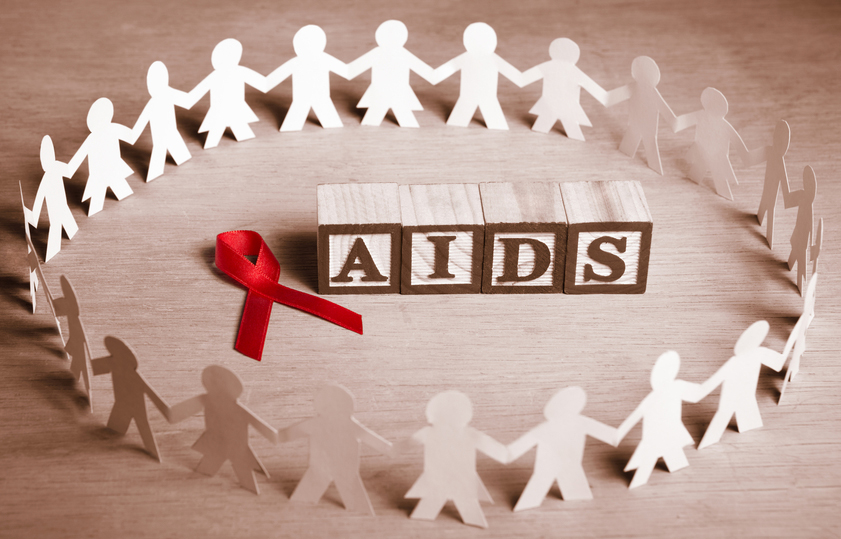Stereotypes and backwoods religion
 At first glance, I had high hopes for a CNN story out today with the headline "Pastor fights HIV stigma in Southern town." I printed out a hard copy, ready to enjoy the kind of precise details and behind-the-scenes insight that make for compelling, praiseworthy journalism.
At first glance, I had high hopes for a CNN story out today with the headline "Pastor fights HIV stigma in Southern town." I printed out a hard copy, ready to enjoy the kind of precise details and behind-the-scenes insight that make for compelling, praiseworthy journalism.
Instead, I settled for an avalanche of stereotypes and vague references to backwoods religion.
According to an editor's note, CNN's Health team is taking a close look at the HIV/AIDS epidemic in the Southeastern United States with a series leading up to World AIDS Day on Wednesday. Perhaps the Health team should have enlisted the help of CNN's Godbeat pros on this particular story. The top of the piece:
Dorchester, South Carolina (CNN) -- The fan by the window pushed humid air uselessly against the church pews.
Diana Martinez made small talk as Tommy Terry shifted uncomfortably in his seat. The man sitting next to Martinez cracked a joke. Nobody laughed.
A clock on the back wall ticked minutes away in a mocking cliché.
Only three people had shown up for this month's HIV/AIDS awareness meeting. Usually, there are 10 to 12 -- a surprisingly good turnout for a congregation of 25, which just goes to show how many people the disease affects in this small Southern town.
It's a problem all across the Bible Belt. In 2007 -- the most recent data available from the Centers for Disease Control and Prevention -- the rate of diagnosed AIDS cases in the Southeastern United States was much higher than in other regions of the country: 9.2 per 100,000 people, versus 2.5 in the Midwest, 3.9 in the West and 5.6 in the Northeast.
Now, the numerical references immediately confused me: Are the 10 to 12 who usually show up part of the church's 25 members? That's unclear to me. (Not religion-related per se, but I also did not find the lede all that compelling: What is "small talk?" Why not be more specific about what the woman actually said? The same with the joke ... why not tell what he's joking about? But I digress ...)
As the story moves on, readers learn that the Bible Belt's high prevalence of AIDS cases can be attributed to "stigma, poor education and a lack of funding." By stigma, the connotation is obvious: These Bible Belt folks have a problem with homosexuality. But the story takes a long, weaving path to get there, and even then only vaguely. For example, there's this reference to a man who died of AIDS:
Instead, his death was simply another symbol of the fear surrounding HIV/AIDS in rural South Carolina.
Fear? I'm supposing that has something to do with the vague religious stigma. Eventually, there's this note:
Many socially conservative residents of the Deep South have a hard time talking about sex with their children, never mind discussions about condoms with complete strangers.
And this note as that vague religion pops into the conversation:
The second barrier is religion. Some in the South believe they could go to hell because of their actions, he says, be they drug use, premarital sex or homosexuality.
Later, there's an anecdote indicting all the pastors in town except for the one featured in the story:
Tommy Terry has a love/hate relationship with religion and the pastors who preach it in Dorchester County. A faithful man, he attends Byrth's HIV/AIDS meetings as a tribute to his partner, Michael, who died in 2005.
The couple spent 10 years together. Terry could do nothing as he watched Michael fade away, losing weight and friends at an equal rate.
Sitting on the concrete porch outside the Bibleway Holiness Church, Terry struggles to keep tears from falling as he talks about the last few months of Michael's life. Terry called pastors from around the county to come pray at Michael's side in the hospital. They all refused.
What does the writer mean by "a faithful man" as it relates to Terry? No idea. The story does not provide any more detail or insight.
What do the pastors all over the county who refused to come pray at Michael's side say about their alleged unwillingness to minister to someone in his time of crisis? No idea. The story doesn't bother to quote any pastors, or anyone else in town, for that matter, who might shed light on what this community thinks about the AIDS epidemic.
This piece had such potential to be relevant and important. It's an excellent angle, but unfortunately, CNN failed to develop it fully. Ghosts, anyone?
Image via Shutterstock